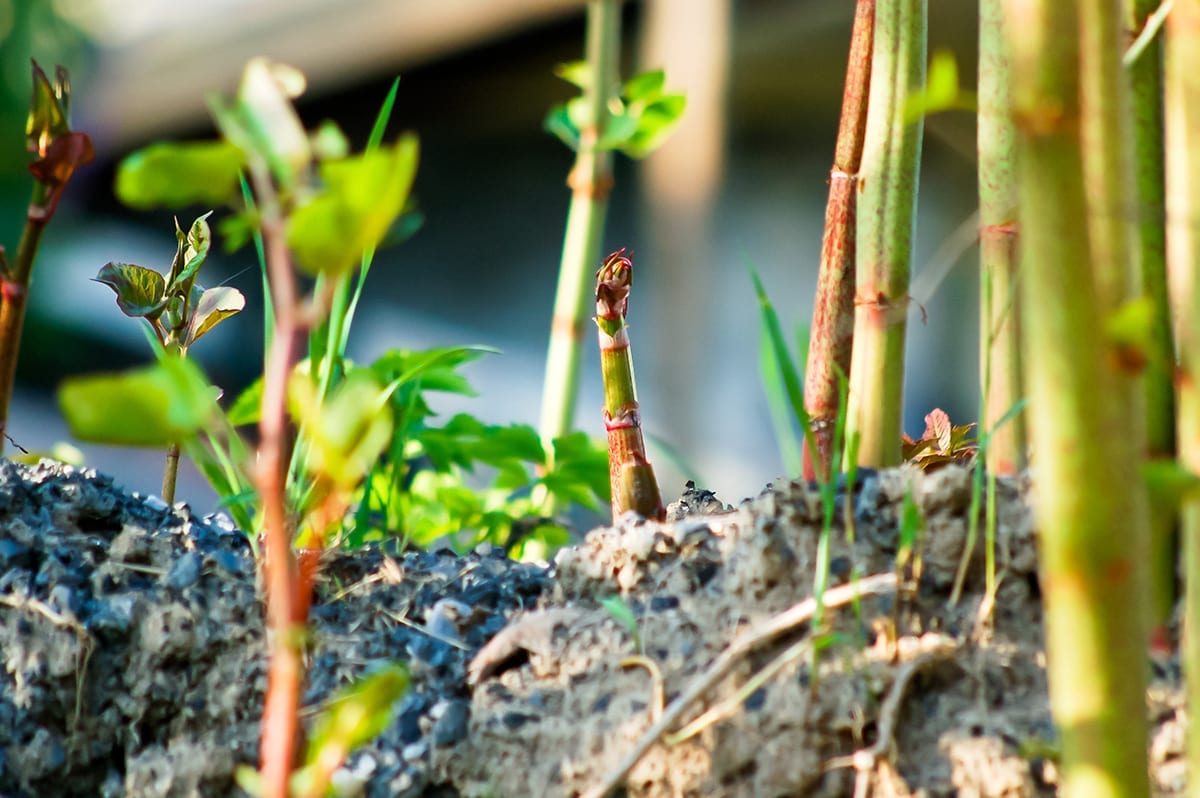
An Introduction To Japanese Knotweed
The scientific name for Japanese Knotweed is Fallopia Japonica, with other family derivatives by the names of Giant Knotweed and Himalayan Knotweed. Being a native plant from Japan, China and Taiwan, Japanese Knotweed was introduced to Britain by the Victorians in the 1800s as an ornamental garden plant. Known for its rigorous growth and rapid spreading, Japanese Knotweed can grow up to 2 metres in length, within a single season, with underground roots stretching for up to 7 metres. Japanese Knotweed is illegal to plant in the United Kingdom, but completely legal to have it growing within your own garden, or land. However, if the plant spreads to neighbouring houses or gardens, you may be liable for legal action being taken against you. Japanese Knotweed is treated as controlled waste and cannot be dumped in domestic green recycling bins, with only licensed landfill sites being able to take it.
Popularity In The Past
A German-born botanist by the name of Philipp von Siebold found Japanese Knotweed growing up the side of a volcano and decided to begin using it as an ornamental plant for residential gardens. The plant was celebrated for its beauty and potential use for feeding animals. In 1845, Japanese Knotweed began to be sold commercially by nurseries and studies showing how it was used during coal mining to stabilise loose soil.
Issues That Japanese Knotweed May Cause
With Japanese Knotweed being discovered growing up the sides of volcanoes, the destructive capabilities of the plant were completely unknown. With the erratic climate and constant deposits of ash covering the plant, it would be naturally kept in check, being able to solely survive due to its deep rooting capabilities. Here in the United Kingdom, we tend to not have volcanoes in our back gardens and with nothing to fight against, Japanese Knotweed can grow at an unchallenged rate and may have devastating consequences. It is possible for Japanese Knotweed to grow at up to 20cm per day and has the ability to break through a number of surfaces. These surfaces are some of the sturdiest and most common throughout society, such as concrete, tarmac and brick. It can overpower practically any other plants, swarming them and preventing access to light.
The Removal Of Japanese Knotweed
Removing Japanese Knotweed is a trickier job than simply digging up the plant. Any rhizomes, tiny fragments of stem or root can cause the plant to begin growing all over again. For the complete removal of Japanese Knotweed, contact our specialists at CYB Environmental on info@cyb-environmental.com

